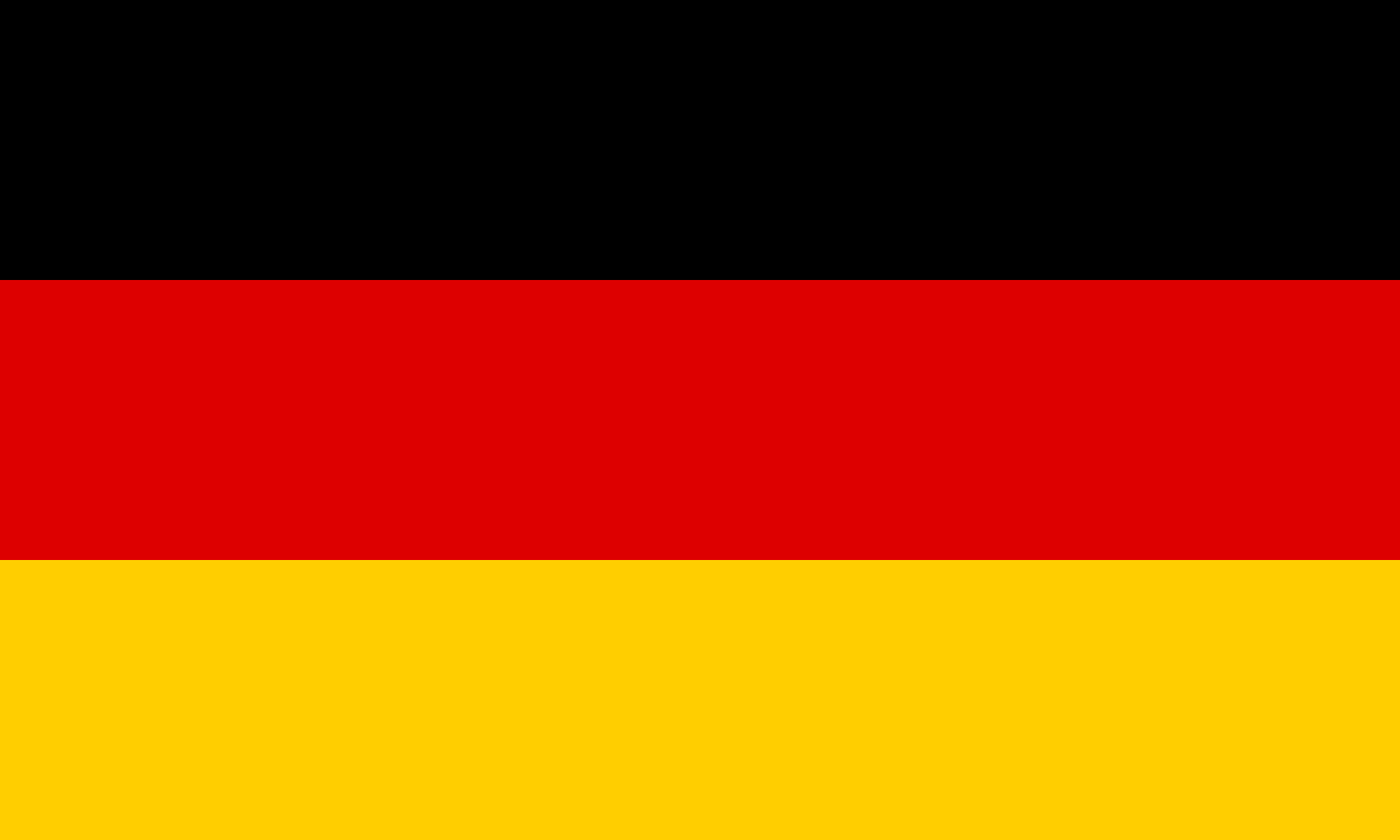The memorial complex "Zhuravli" (“Cranes”) in the Victory Park on the Sokolovaya Mountain of Saratov is a monument to the Saratov people who died during the Great Patriotic War of 1941 - 1945. Memorial complex "Zhuravli" (“Cranes”) is one of the symbols of Saratov.
The hand-made hill 100 meters high erected on Sokolovaya hill at the height of 160 meters above sea level, having and forty-meter pylons established on it, allow to see a silhouette of "Zhuravli" (“Cranes”) from many points of Saratov and Engels, and from 20-kilometers distance down and up Volga.
In 1977, a competition for the best project of a monument to fellow citizens who died on the fronts of the Great Patriotic War was announced in Saratov. The project of architect Y. I. Menyakin won.
The construction of the Memorial began in spring 1980 and ended in April 1982.
The design and architectural solution of the Memorial are inspired by the song "Zhuravli" (“Cranes”) on the verses of Rasul Gamzatov.
"It seems to me at times
That the soldiers did not come from bloody fields,
Have once gone not into our land,
But turned into white cranes...."
Subsequently, at the personal meeting of Y. I. Menyakin with R. G. Gamzatov in Moscow, the poet said that this was exactly how he represented the material embodiment of his poem. The main theme of the Memorial is bright memory and bright sadness.
The architectural ensemble of the memorial "Zhuravli" (“Cranes”) consists of many elements: the Entrance Square, the Memorial Stone (Central Plate with Dedication); the Walk of Fame; the Memory fountain; the Hand-made hill, the Parade Military Staircase, the Observation Platform, the Pylons with five-pointed gold stars fixed in the center and a wedge of 12 silver cranes flying to the West, and also a building of a branch of the local history museum (now - Museum of Combat glory). Every element and detail of the design of the Memorial, including greening and floristics, was thought through to detail and is deeply symbolic.
TThe monument represents three reinforced concrete pylons 40 meters high with a stylized image of twelve cranes symbolizing the souls of the dead soldiers. The image of flying cranes is suggested in the song "Zhuravli" (“Cranes”) to the words of Gamzatov. What 's interesting is that only eleven birds can be seen at a time.
The crane wedge of 12 birds flying to the West, where the fighting with the enemy took place, symbolizes the immortality of the dead for the Motherland.
Five-pointed Golden Stars (in diameter - three meters; are covered with gold leaves). There were three at the Memorial, two in the center of the pylons (from the south and north); One in the center of the fountain, under the water smooth (star in a smaller fountain, anodized with imitation of gold). Five-pointed gold stars with dihedral polished rays correspond to the form of the medal "Golden Star" - a state award to persons awarded the highest degree of distinction of the USSR - the title of Hero of the Soviet Union.
The Walk of Glory from the Memorial Stone to the beginning of the Ladder is covered with cobblestone. The bar is also paved with observation platform at the base of Pylons. Cobblestone is a symbol. On November 7-th, 1941, a military parade in honor of the 47th anniversary of the Great Socialistic Revolution began a difficult long way to the Victory, which ended on the brook of the streets of Berlin on May 9, 1945. A large massive round-convex brook is unusual and uncomfortable for the visitors of the Memorial, but it really creates a feeling of a tough way to the Victory.
The very rise to the monument is carried out through five marches of stairs, on each of them it is possible to see the year and names of cities in defense and (or) liberation of which the Saratov took part:
1941, cities: Brest, Smolensk, Odessa, Elnya, Volokolamsk, Elets, Tikhvin, Kalinin, Kaluga.
11942, cities: Mozhaysk, Moscow, Yuhnov, Kharkov, Stavropol, Rostov, Novorossiysk, Stalingrad.
1943, cities: Voronezh, Leningrad, Rzhev, Kursk, Belgrade, Kiev, Dnepropetrovsk, Bryansk.
1944, cities: Riga, Petrozavodsk, Minsk, Vilnius, Chisinau, Sofia, Bucharest, Novgorod, Tallinn.
1945, cities: Berlin, Kenigsberg, Warsaw, Prague, Dresden, Bratislava, Belgrade, Budapest, Vienna, Port Arthur, Pyongyang.
The memory of the heroes feats was frozen with a silver wedge of flying cranes and a golden star in the center - as a gentle watercolor against the background of the Saratov sky and the flickering away water glade of the Volga.
 THE MEMORY IS ALIVE
THE MEMORY IS ALIVE.png)









